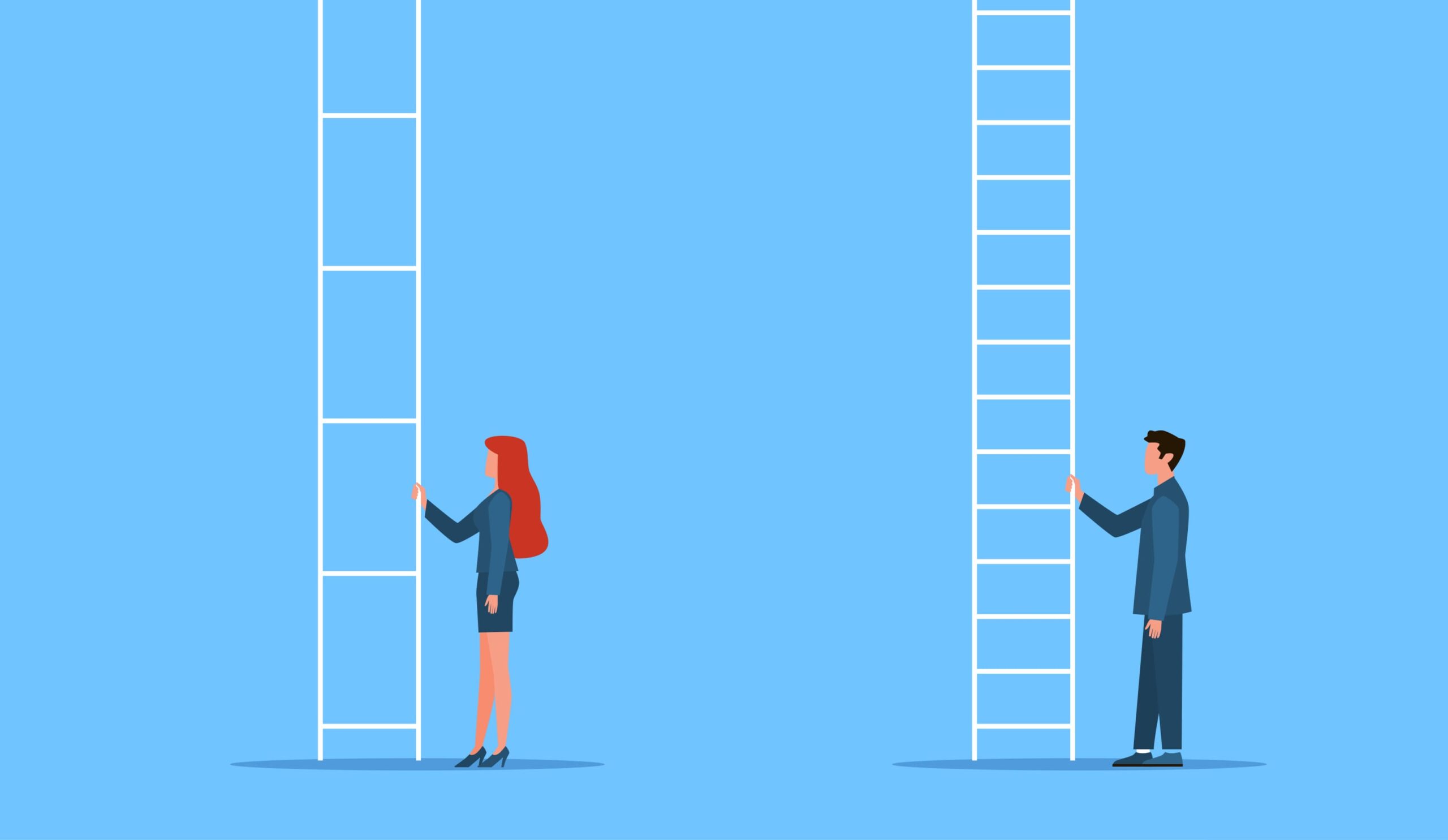The gender dimension is undoubtedly one of the key issues that EL PAcCTO aims to address through its activities and initiatives, since, in the context of interventions to promote fundamental rights and freedoms in recent years, particular attention was paid to this concept.
In order to stimulate gender policies where they do not yet exist, a more specific international policy commitment to the full affirmation of women’s human rights is particularly significant today. This is even more evident in some strategic and sensitive areas of multilateralism, such as the fight against corruption.
In order to address the relationship between gender and the promotion of human rights, it is necessary to reconstruct the different “tracks” of promotion of internationally recognised human rights and the mechanisms geared at different levels to their applicability.
Pathways for the promotion of women’s rights
First of all, the UN conferences of Vienna on human rights (1993), Cairo on population and development (1994), Copenhagen on social development (1995) and Beijing on women (1995) should be recalled. The main issues addressed at these conferences were essentially three: violence against women, respect for and protection of women’s human rights, and the unequal presence of women in positions of power and decision-making processes.
While the international community’s attention to women’s issues had already grown considerably by the end of the 1990s, the new millennium has seen an even greater sensitivity to gender issues.
Globally, women are historically and socially disadvantaged, which is also reflected in their reduced economic opportunities and wage inequality. Corruption also contributes to women’s increasing social inequality. Given their role as family caregivers, they are more dependent on public services, such as education and health care, and are sometimes victims of corrupt networks.
Discrimination and violence against women
At the international level, the Convention on the Elimination of All Forms of Discrimination against Women (CEDAW), adopted by the UN General Assembly in 1979, was the cornerstone of the gender issue. In the framework of the 2030 Agenda, all UN member states committed themselves to promoting gender equality as a stand-alone goal. However, no country is on track to achieve gender equality and empower women by 2030.
The road to the recognition of violence against women as an infringement of a human right and a universally recognised crime began in 1945 with the Nuremberg Principles. This was followed in 1946 by the declaration of the Tokyo tribunal. Again in 1946, the ECOSOC (Economic and Social Council) created the Commission on the Status of Women.
1949 was the year of the four Geneva Conventions adopted by the UN General Assembly, which contain a number of norms relating specifically to women. Later, their tasks were modified and strengthened, especially after the Nairobi Conference (1985) and the Beijing Conference (1995). Five years after each conference, Special Sessions of the General Assembly were held (the so-called “+5”: Beijing +5, Cairo +5, etc.). Here the status of implementation of the adopted platforms was reviewed.
International Women’s Year
The 1975 Mexico City Conference marked the International Women’s Year designated by the United Nations. Then, in 1976, Unifem (United Nations Fund for Women) and Instraw (International Research and Training Institute for the Emancipation of Women) were created. The following year, in 1977, Protocols additional to the four Geneva Conventions were adopted.
The Convention on the Elimination of All Forms of Discrimination against Women (CEDAW) was adopted in 1979. In 1980, the Second World Conference on Women was held in Copenhagen to follow up on achievements in women’s rights. In 1985, the Third World Conference on Women was organised in Nairobi. The 1992 Earth Summit in Rio de Janeiro was also important. Chapters 23 and 24 were devoted entirely to women.
The following year, in 1993, it was the turn of the World Conference on Human Rights in Vienna, where violence against women was explicitly sanctioned as a violation of human rights. In the same year, the Declaration on the Elimination of Violence against Women was adopted. In 1994 the Commission on Human Rights created the position of Special Rapporteur on violence against women. Then, in 1995, the Fourth World Conference on Women took place in Beijing.
The meeting to discuss the achievements of the Rio Summit, Rio +5 in 1997, focused particularly on the reform of the legal culture, underlining the need to adopt a gender perspective. In 1999, the Optional Protocol to the Convention on the Elimination of All Forms of Discrimination against Women was adopted. In 2000, the Millennium Assembly took place in New York and combating violence against women was identified as one of the Millennium Goals.
Gender and anti-corruption
At EU level, in 2020, the Commission and the High Representative for Foreign Affairs and Security Policy presented the objectives of the new Action Plan to promote gender equality and empower women in all external actions. The Council of Europe, through GRECO, pursued the introduction of gender in the fight and prevention of corruption. It did so by introducing a Gender Equality Rapporteur in 2012. Finally, a 2020 UNODC guidance document on gender mainstreaming is worth noting. This provides an insight into the best strategies for achieving gender equality.
Turning to the global level, the G20 is the most advanced example of multilateralism, in particular the Anti-Corruption Working Group (ACWG). In its 2019-2021 plan, the G20 ACWG stated that it will deepen its understanding of the links between gender and corruption. 2021 was a prolific year for the ACWG, which, under the Italian presidency, incorporated a gender perspective into adopted documents. These included the Action Plan 2022-2024 and three high-level principles documents.
In conclusion, it can be said that the prolific work done by GRECO, the ACWG and UNODC quickly projected the issue of gender equality and women’s empowerment into the anti-corruption policy landscape.
You can read the full article in Spanish Género y su dimensión internacional
Giovanni Tartaglia
Coordinator of the Penitentiary Systems component of EL PAcCTO
